Estimated reading time: 5 minutes
We get a lot of questions in the apricot season about which apricots are best for jam. There are dozens of different varieties of apricots available to grow, so it’s a fair question!
The truth is, any apricot will make a perfectly good apricot jam. It’s always more important to make the jam with the fruit that you can get, rather than chase a “special” variety.
However, it’s also true that different varieties will give you different results, so let’s start with some of the more commonly available ones.
Related Articles
6 tips to fit fruit growing into a busy lifestyle
It can feel hard to find the time to fit fruit-growing into your busy lifestyle – but with some planning, it’s always possible.
How to make the simplest fruit dessert in the world
Summer calls for fruit desserts, and this is one of our simple “go to” recipes. We don’t have time to fuss, but we still love our food!
The benefits of a loquat tree (and 5 delicious recipes)
Discover the many benefits that loquats can bring to your garden, plus enjoy 5 delicious recipes for using them when you have a glut.
Common Australian apricot varieties
Old Australian apricot favourites include Trevatt and Moorpark (see Moorpark in the picture above). They both have fantastic flavour and consistency for jam. They also make a beautiful bright coloured jam that’s not too dark.
These two also share the characteristic of ripening from the inside. That means that if you include some fruit that still looks a little green on the outside, it will probably already be sweet and soft enough on the inside to make good jam.
It will also have a little bit more pectin in it than overripe fruit, which means the jam will set more easily.
Other apricot varieties
There are so many apricot varieties to choose from! We grow 14 different varieties on the farm, and we’re always adding more.
Dark coloured apricots like Goldrich are the least suitable for jam-making. That’s because sometimes apricot jam needs cooking for a bit longer than other jams to get a firm set.
Starting with a dark-coloured apricot like Goldrich can result in a very dark jam, which is not very pretty!
Does it matter what apricots you use for jam?
We think it’s more important to preserve fruit than to worry about having the “right” variety. Use whatever you have! You’ll just get a slightly different type of jam from different varieties.
But you’ll have fun, and almost certainly learn something about apricots and jam-making along the way. And unless things go really wrong, you’ll have delicious apricot jam to enjoy.
If you’re not growing your own fruit it’s always better to buy organic if you can. They’re grown with less (i.e. no) chemicals, so they’re better for you.
They are also more likely to have that true “apricot-y” flavour that’s essential to a good jam.
How to make amazing apricot jam
Here are a few tips to help you achieve success and good flavour every time.
The basic jam recipe is equal quantities of fruit and sugar. Some recipes call for water, but in our experience you should add as little water as possible (or none). If you add water, you have to cook the jam for longer to get it to set.
Longer cooking times lead to a risk that the jam won’t have that beautiful jewel-like colour that makes apricot jam so pretty.
Cook the fruit first to the consistency you want, then add the sugar. If you add the sugar at the beginning, the fruit tends to stay in whole pieces rather than break down (if you like chunkier jam, then use this method).
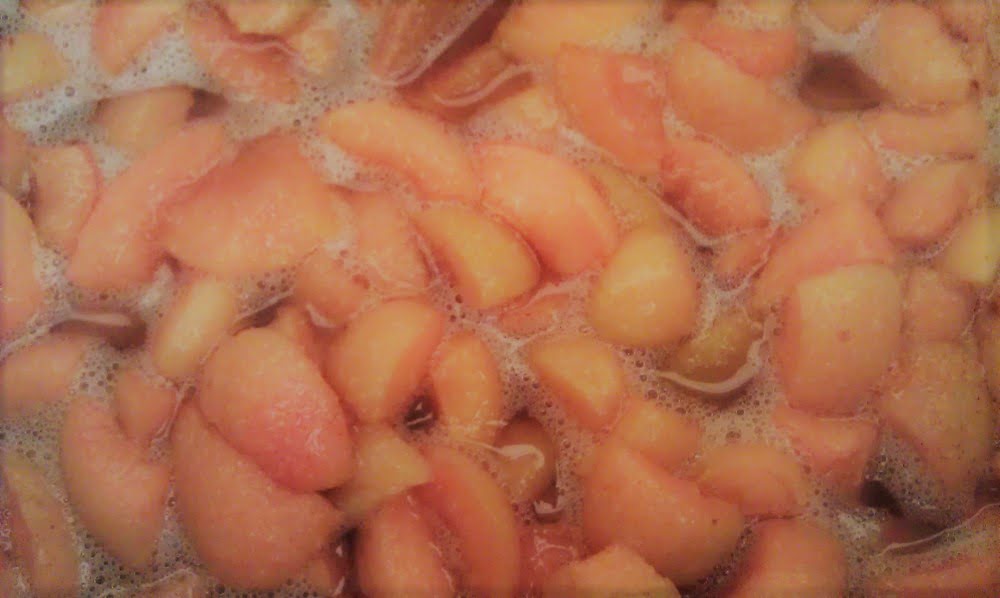
How many apricots can you cook at once?
When making jam we recommend sticking to small batches, especially while you’re learning how to make it.
- 1 kg of fruit will make about 6-8 medium jars of jam and is a great quantity to start with.
- If the batch is bigger than 2 kg, it can be hard to get the jam to set. You may end up with a dark jam from having to boil it for too long.
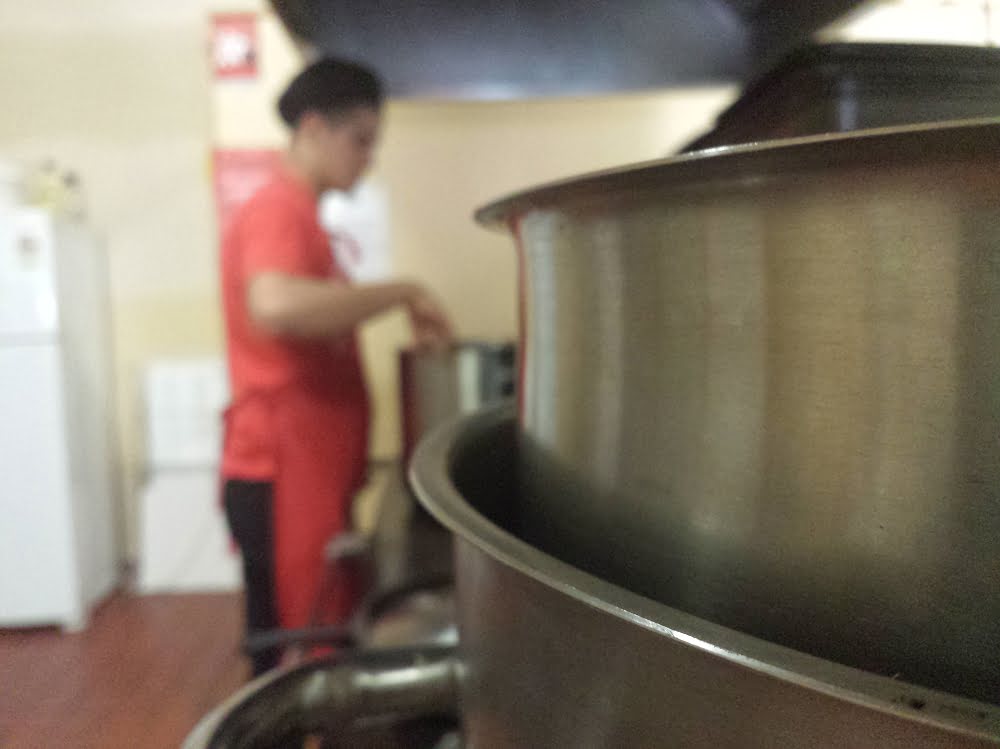
It’s really important to properly sterilise your jars and lids before pouring in the jam. It should keep well in the pantry for a couple of years at least (except you’ll probably eat it all waaaaay before then).
If you’re not familiar with making jam, don’t be daunted, just give it a try.
As long as you manage not to burn it (pay attention, and stir often), nothing terrible can happen. The worst you’re risking is that you end up with rather runny fruit sauce (delicious on ice cream) rather than jam.
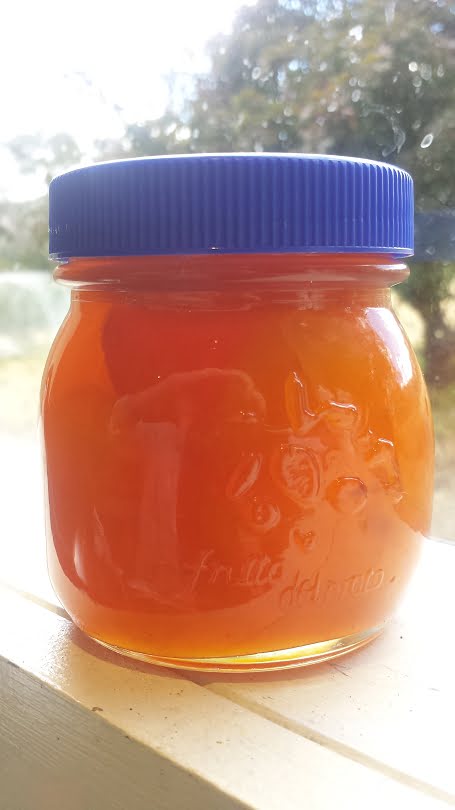
Find a mentor
If you don’t feel confident with jam making, it will save time and mistakes to follow some detailed instructions the first few times. Jam-making is a wonderful skill to learn from someone who’s been doing it for years.
If you have an experienced elder amongst your family or friends, ask if you can help them next time they make a batch. There’s nothing like hands-on experience to learn a new skill.
There are lots of variations on this basic recipe, of course, so feel free to improvise and experiment.
Happy preserving!
Related Articles
6 tips to fit fruit growing into a busy lifestyle
It can feel hard to find the time to fit fruit-growing into your busy lifestyle – but with some planning, it’s always possible.
How to make the simplest fruit dessert in the world
Summer calls for fruit desserts, and this is one of our simple “go to” recipes. We don’t have time to fuss, but we still love our food!
The benefits of a loquat tree (and 5 delicious recipes)
Discover the many benefits that loquats can bring to your garden, plus enjoy 5 delicious recipes for using them when you have a glut.
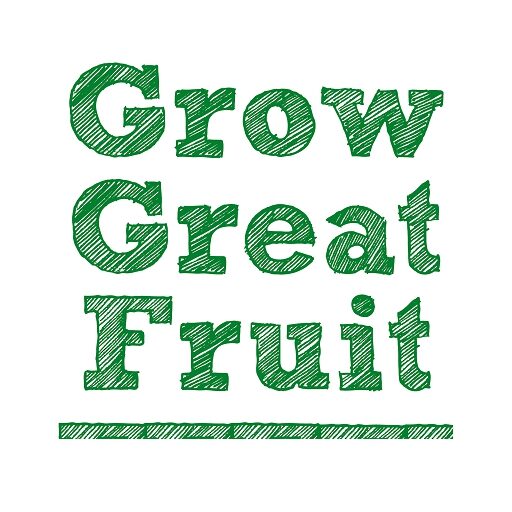
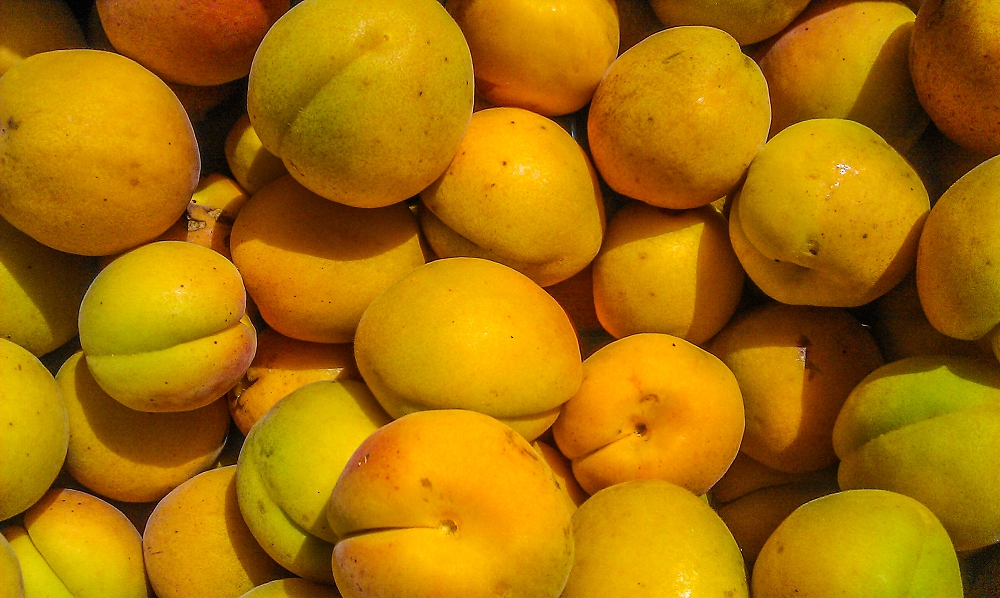
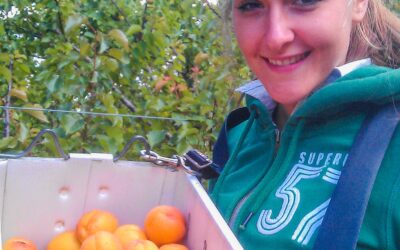
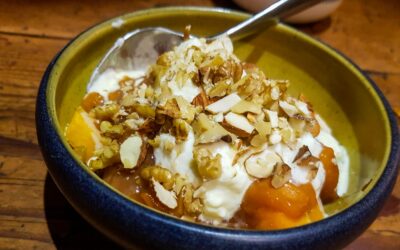
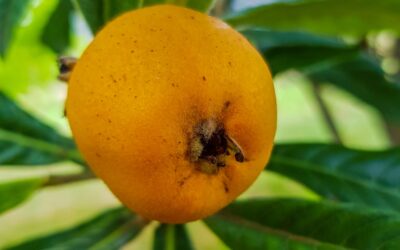

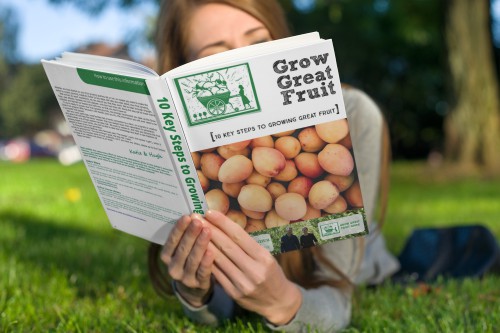
My husband loves apricot jam and I make at least 5kg each season. I’d like to offer two tips, 1. add the juice of one lemon to add pectin and aid setting and 2. after squeezing add the lemon halves to the apricots and leave while simmering and even after adding the sugar. Remove before placing jam in jars and keep in the fridge. One half added to a glass of iced water or sparkling water makes a lovely refreshing drink.
Great tips Carol, thanks. Have never had luck with the lemon aiding setting personally, but love the idea of the lemony drink, so will have to try it again!
Made 5kg up in one batch in my big boiler yesterday…Yumm..jamsetta added at 50gm to 1.5 kg fruit helps setting and saves boiling for ages and risking dark jam..
Hi Beatrice – sounds delicious, there’s nothing quite the same home-made apricot jam, is there?
I prefer a slightly darker colored
chunky jam, therefor I cook it with sugar in equal parts from the start. There are nothing that slightly equal fresh home baked bread topped with home cooked apricot jam. Also think fresh scones with whipped cream and apricot jam.
You are so right. I sadly just finished my last jar of apricot jam – I go similar ratios to you. I like to leave the fruit really chunky so you can spread nearly a whole apricot on a crumpet – mm mm! Meg – GGF team.
Apricot Jam
4 lb apricots (HALVED)
4 lb sugar
3/4 pint water
DISSOLVE half the sugar (2 lb) in
3/4 of a pint of water while heating up.
STIR till reaches boiling.
Do not stir again.
BOIL for 5 minutes.
ADD the apricots to the syrup.
STIR frequently until they are boiling.
BOIL GENTLY for 20 minutes
STIR to avoid apricots catching on the bottom.
ADD the other 2 lb sugar.
Bring back to gentle boil.
Cook for 10 minutes, stirring frequently.
Test by putting two tablespoons of jam on a plate and place it into the freezer. After a few minutes tip the plate and if the jam is ready it will show a wrinkled effect.
Makes about 7 x 500g jam
This is a great recipe.
Never had a problem with it yet.
Important to stir frequently. I like to use a flat based wooden spoon.
Ooh delightful! Thanks for this recipe Lyn – Meg, GGF team.